The Asian hornet has become a fast invasive species around the world in recent months. The hornet is especially deadly as it can kill up to 30 European honeybees in a single day.
The invasive species recently threatened to decimate more than one-third of France’s bee colonies in a single year. Beekeepers and environmentalists are excited about the new invention made to fight the invasive species.
Honeybees at Risk
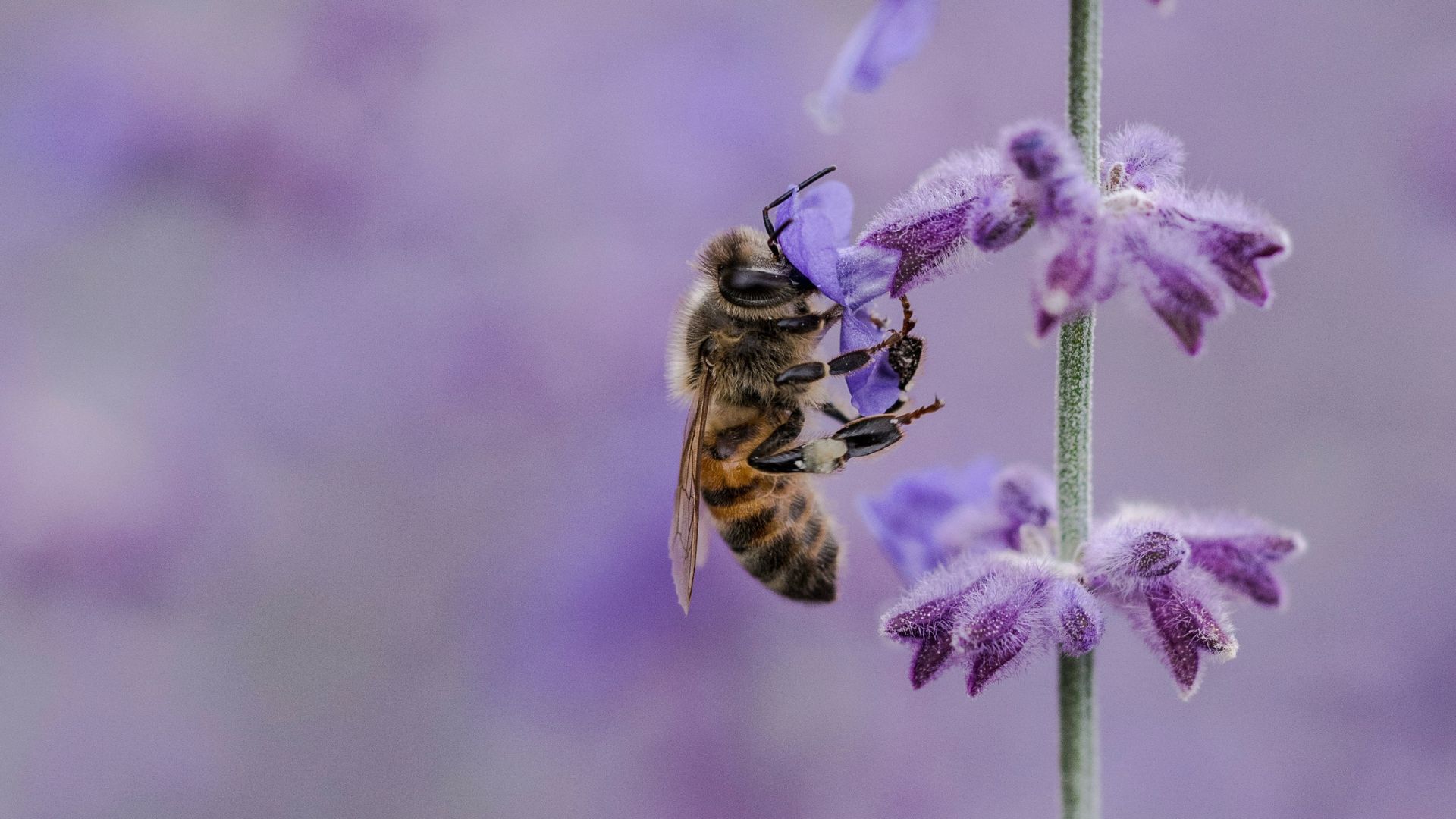
In China, where the hornets were first established, bees and other prey bugs have evolved to have several strategies to evade or fight the hornets.
However, in places where the Asian hornets have just entered for the first time, such as the United Kingdom and United States, native bees have no defences. Now, honeybee ecosystem are put at risk, which threatens the world’s ability to grow fruits, vegetables, and plants.
Previous Efforts To Stop the Hornets
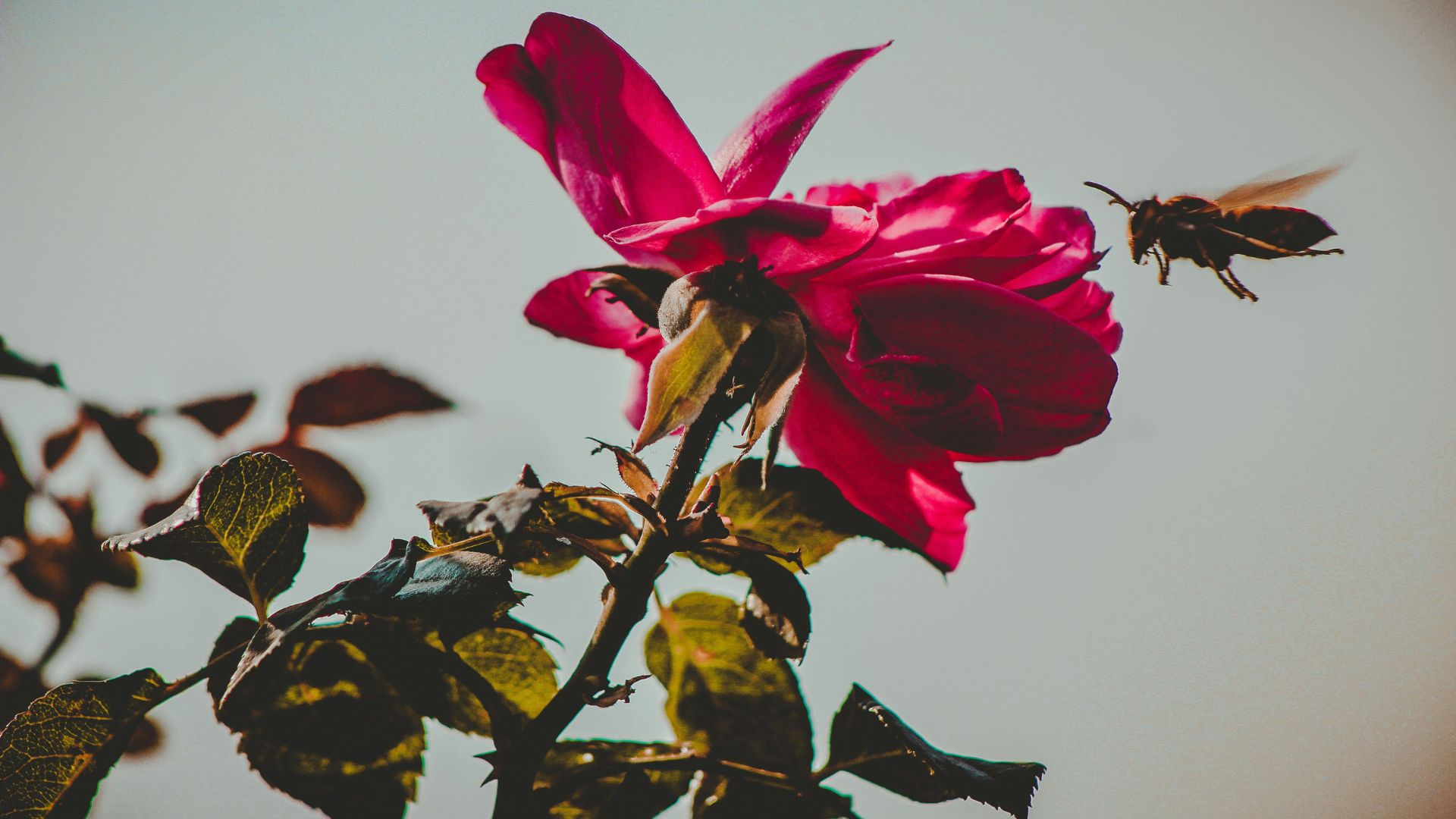
Previous efforts to stop the spread of the invasive species have been completely unsuccessful.
Since the hornets were first discovered in France eleven years ago, nothing has been able to mitigate the threat.
Electric Harps
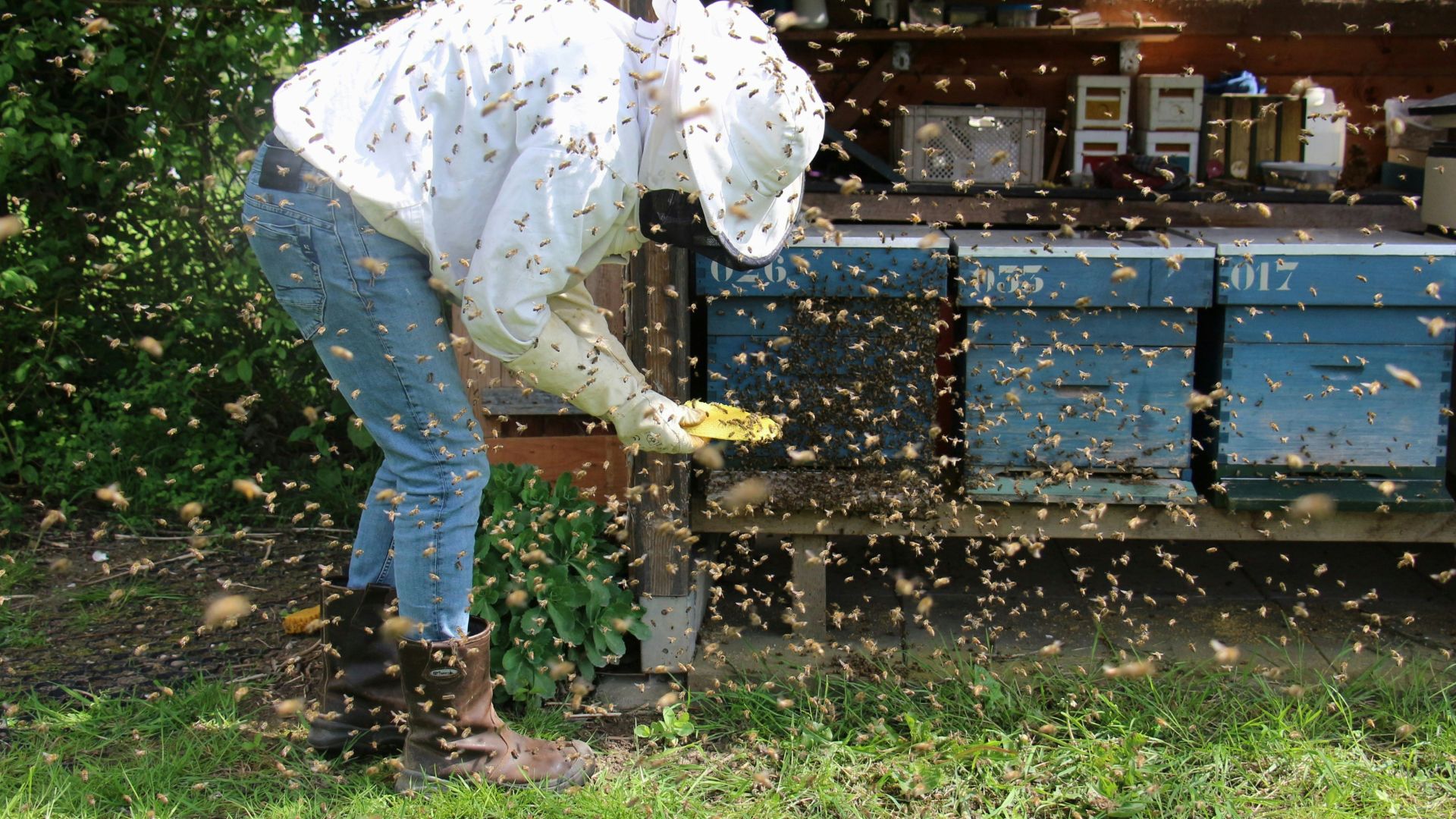
In 2015, a beekeeper in France wrote a blog post about a funny little tool: the electric harp.
Retiree and beekeeper Michel Costa found about the hardware years later and soon discovered how he could use it to watch hundreds of hornets die within just minutes. He said that “the demonstration of its effectiveness was staggering.”
What Is it?
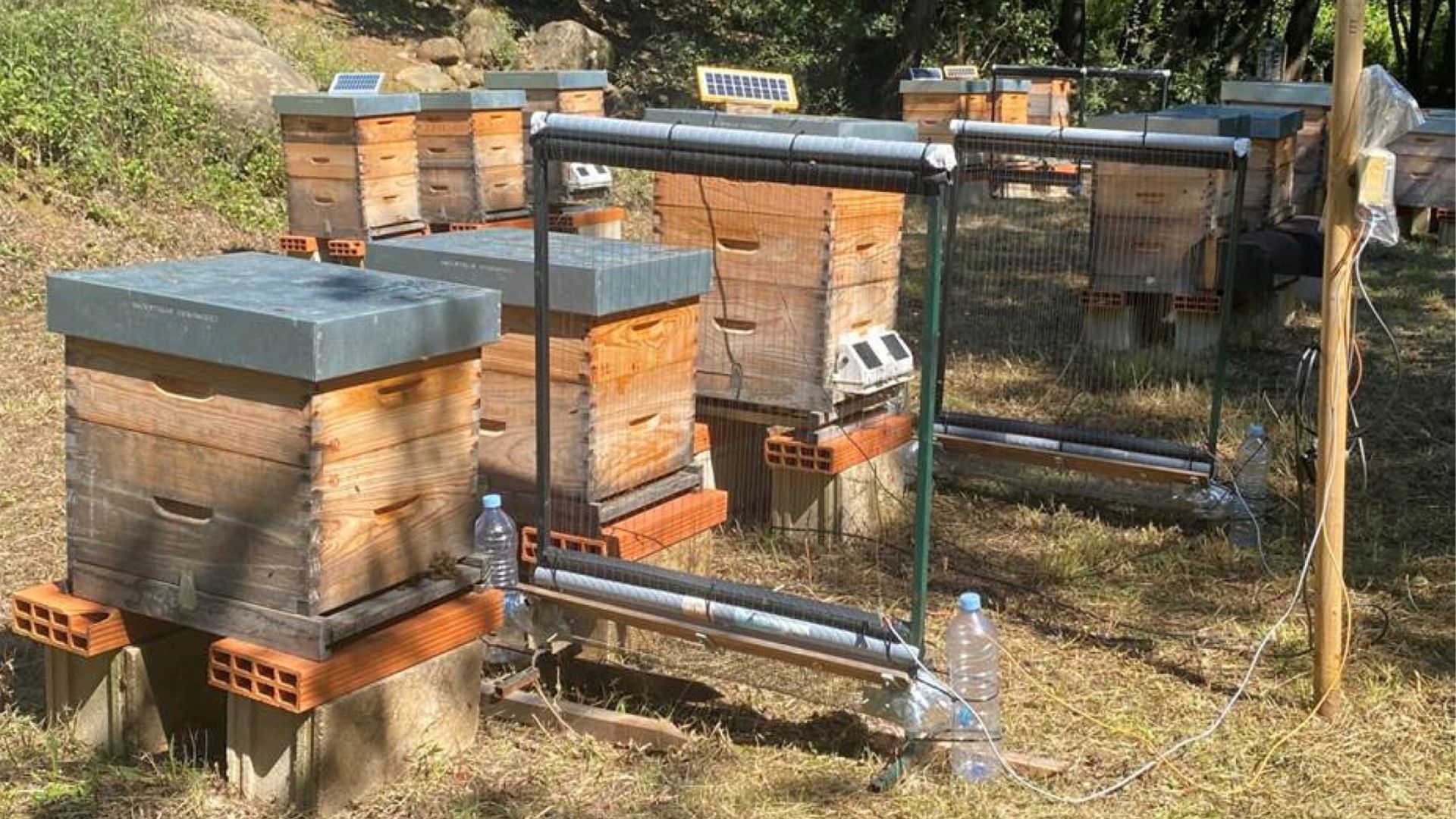
The electric harp is a frame that holds metal wires spaced two centimeters apart that conducts positive and negative charges.
When a hornet touches the wires, they complete the circuit and kill the bugs as they fly through. Beekeepers have been using the device on the flight path of the hornets to kill hundreds of them at a time.
Massively Reduce Predation
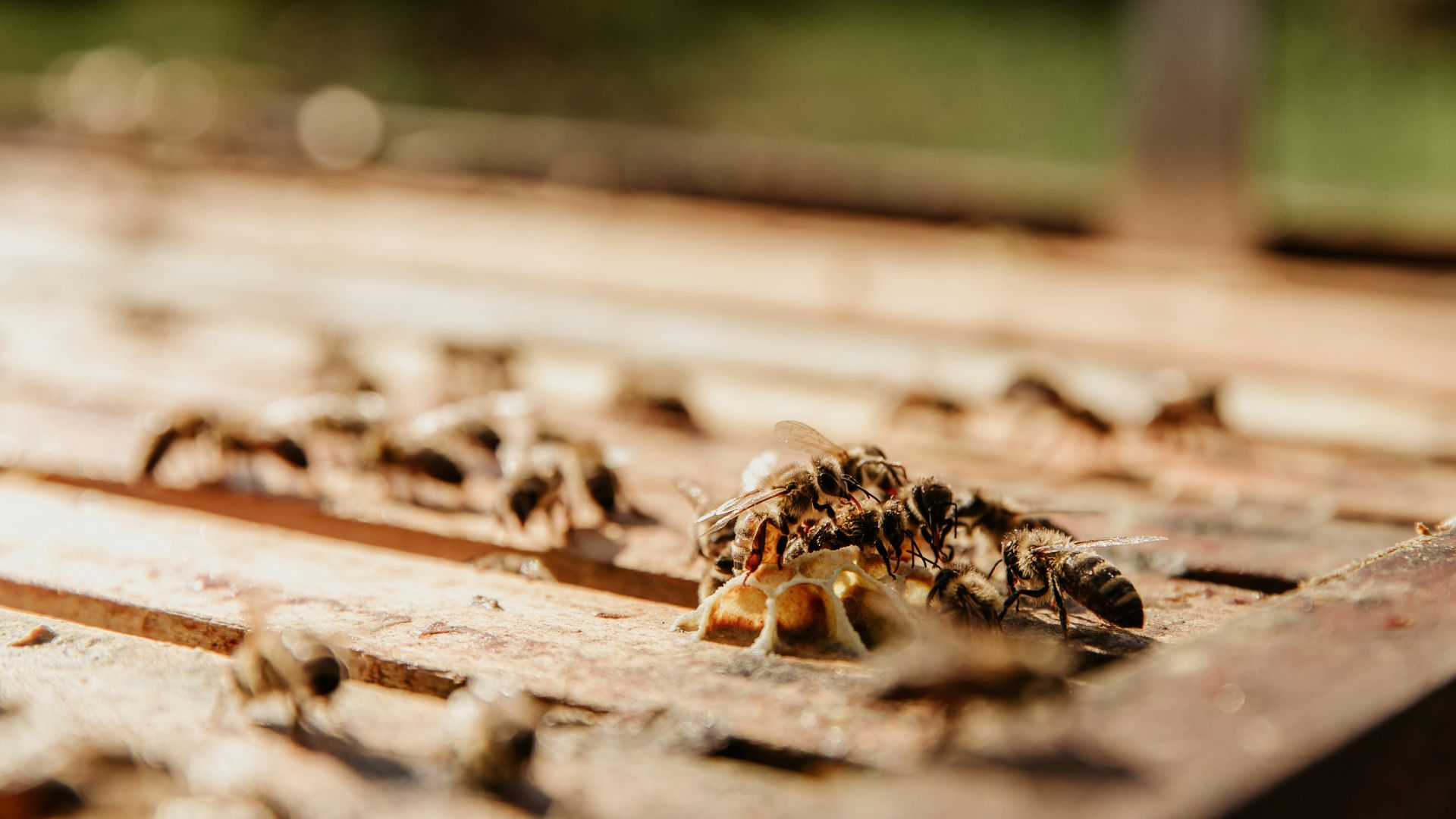
The predation pressure is significantly reduced by the harps. As well, the tool strikes very pointedly and poses minimal threat to the honeybees that keepers are trying to protect.
More than 91% of insects killed by the harps are the Asian hornet and only one perfecent are domesticated honeybees.
The Tool Can Be Made at Home
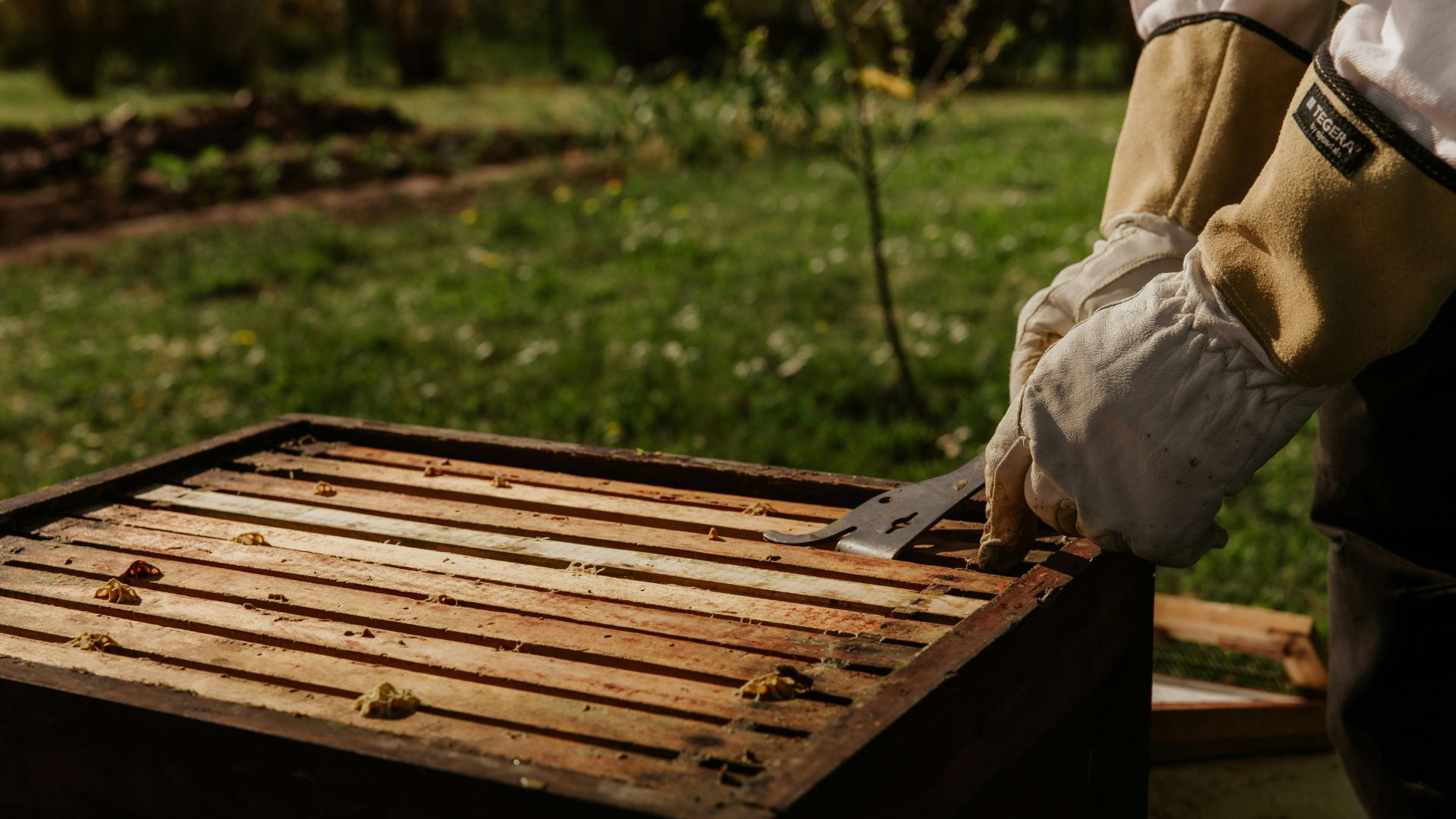
Although the electric harp can be purchased in store for $300, they can also be made at home for a fraction of the price.
Costa and entomologist Denis Thiéry developed a do-it-yourself model that can be made for about half the price.
The Role of Honeybees

Honeybees are essential for plants like fruits and vegetables to grow. Farmers rely on the bugs to pollinate fields and help plants flower to become fruit.
If honeybees were to die off, plants would essentially not be able to grow. Currently, more than 90% of the worlds bee population worldwide has died out, making it more difficult every year for new plant life to grow.
Why Are the Hornets Bad for the World?
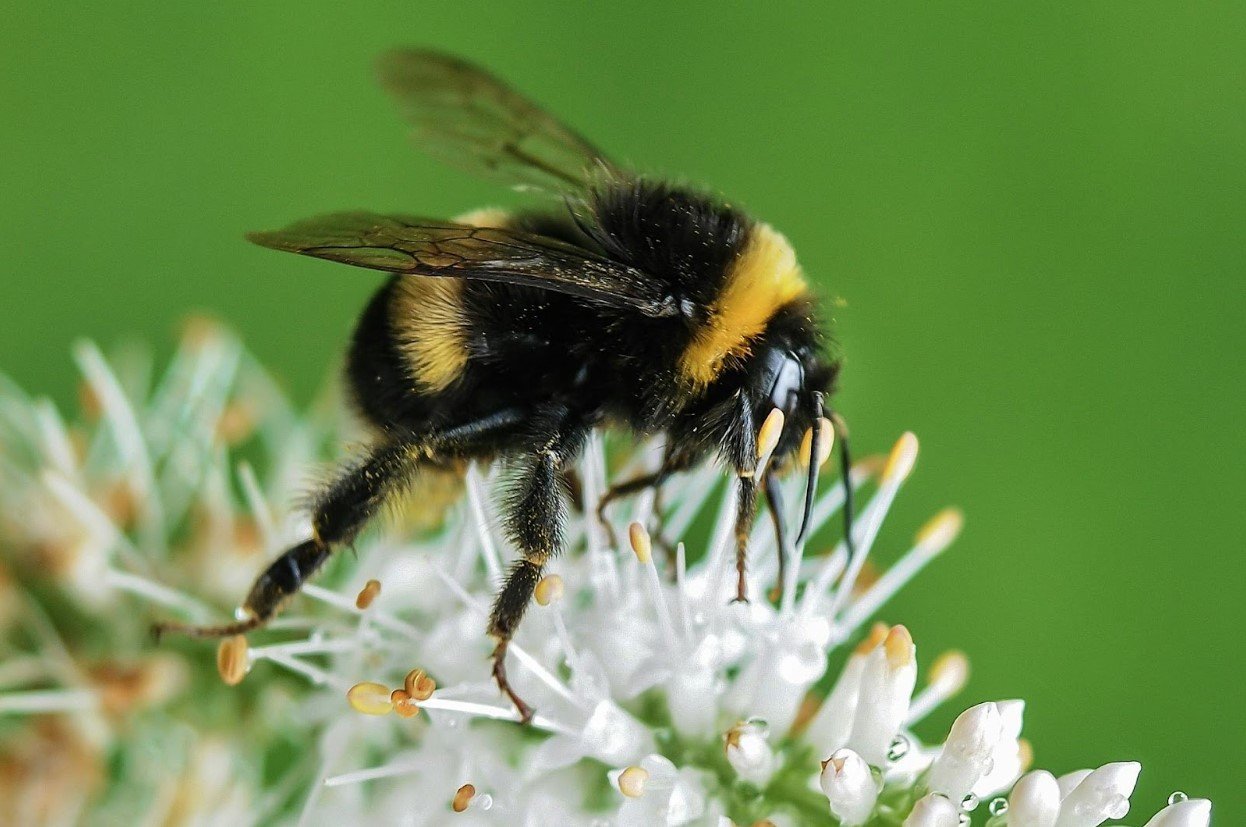
The Asian hornets are especially harmful for the planet because of their sheer killing power of bees.
Honeybees and bumblebees are already surviving on a razor’s edge. Global warming, reduction in natural habitat, and heightened levels of deadly pesticides have all caused a massive decline in natural populations. Another threat would only hurt the bees more.
How the Asian Hornet Got to Europe
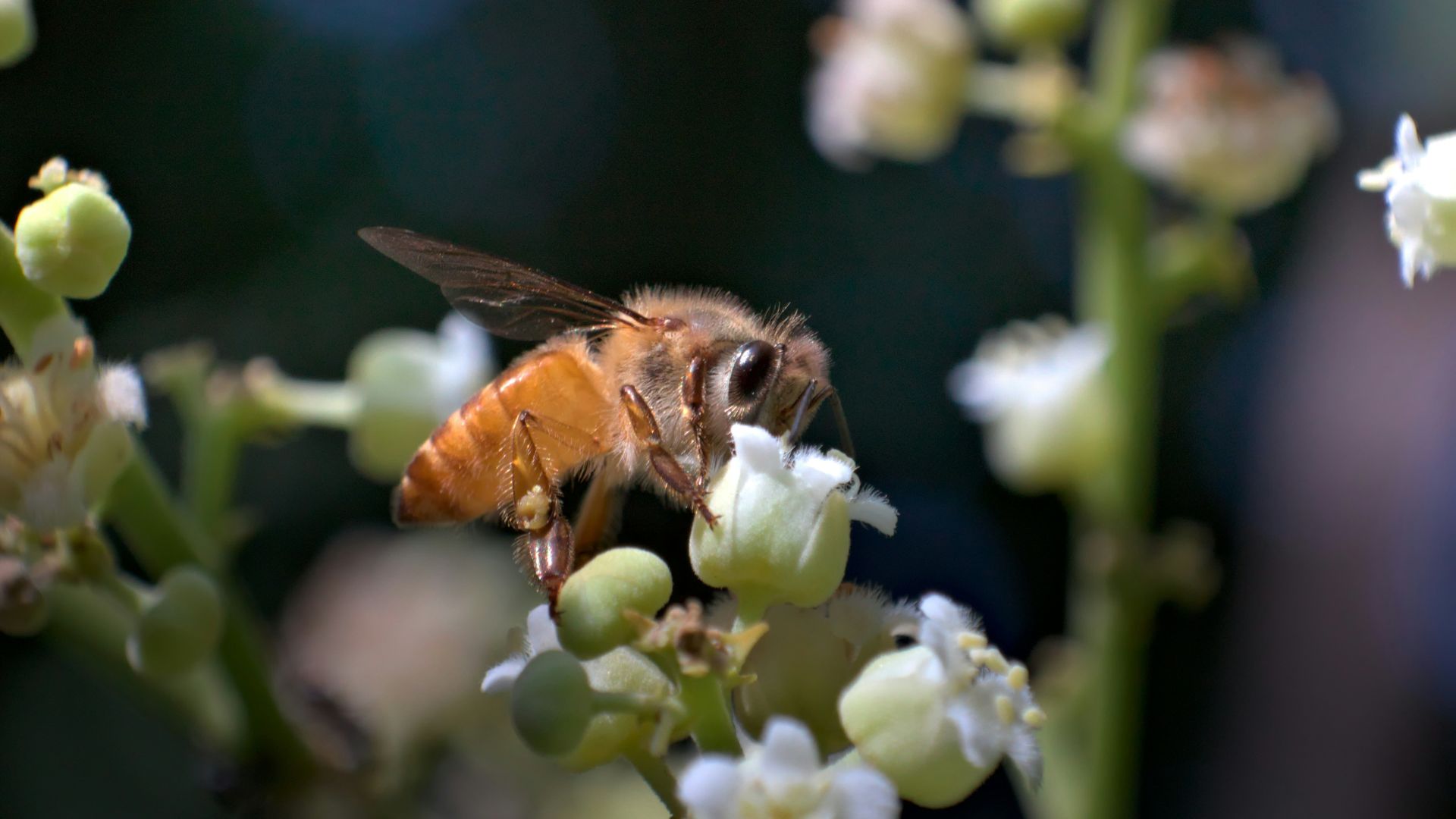
The first incidence of Asian hornet was discovered in France in 2004 but didn’t become pervasive until 2011.
The invasive species were inadvertently brought to Europe through an imported shipping container from east Asia.
Rapid Spread
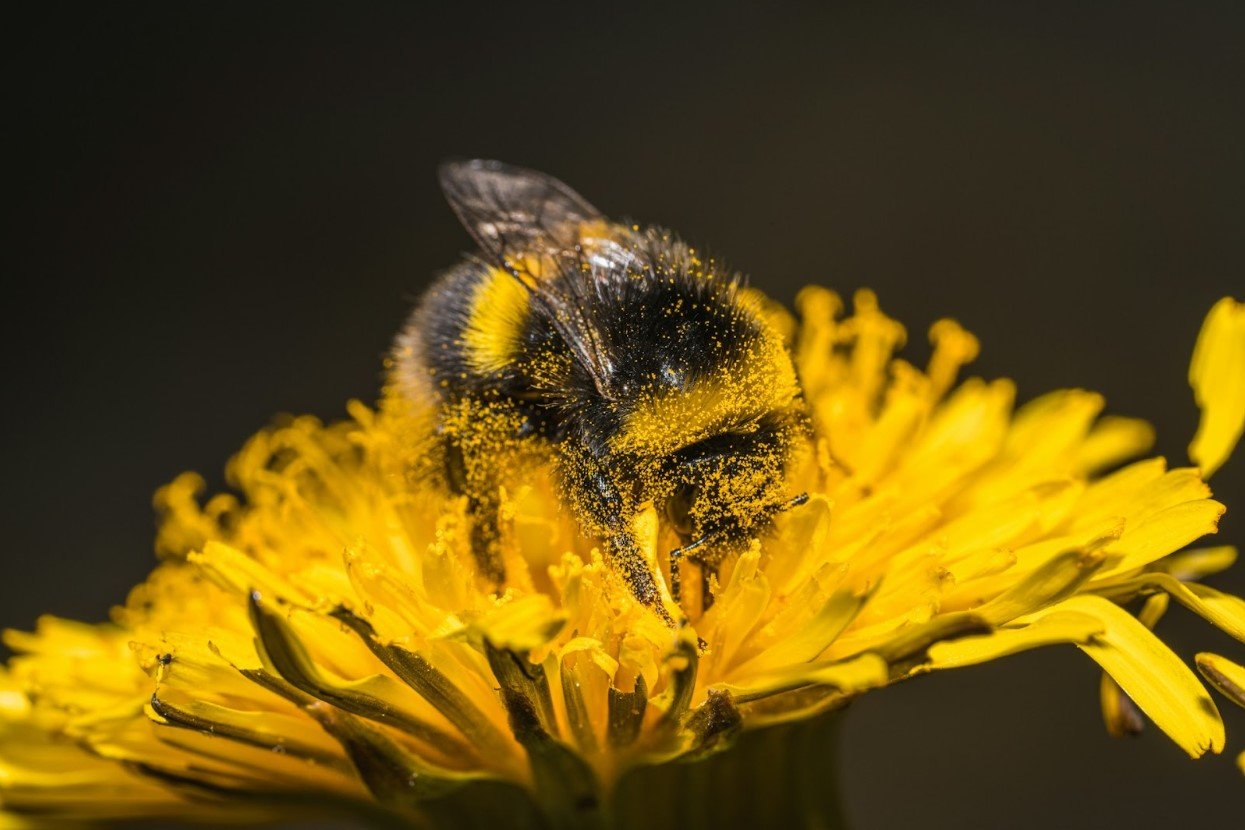
One of the markers of an invasive species is its ability to thrive in a non-native environment while taking resources from native species or killing them off entirely.
In other cases, invasive species are known to decimate the landscape of an environment or creating a heightened presence of competition for food, which causes death and distress for native bugs and animals.
How To Help Bees at Home
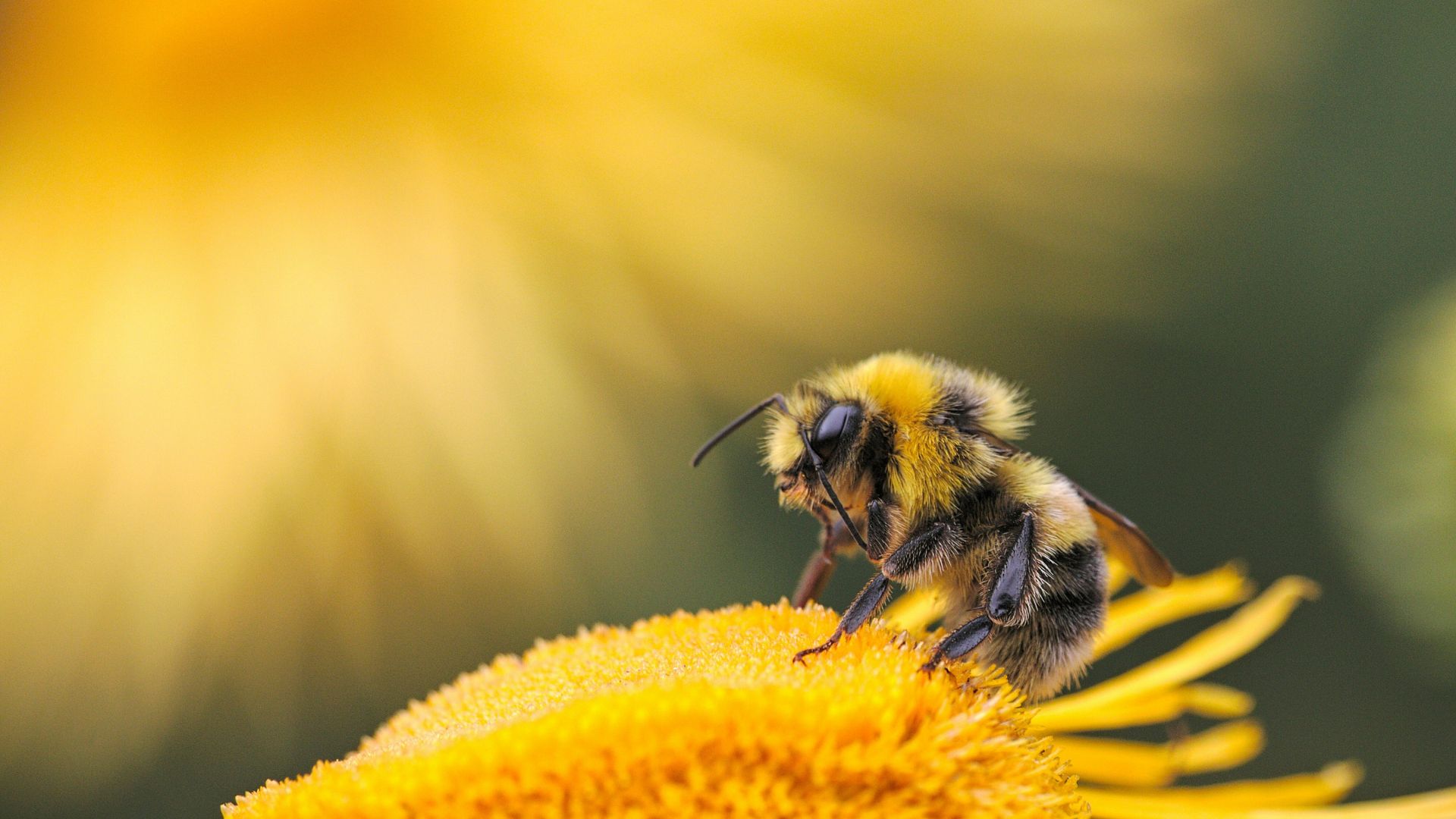
You can help support honeybees at home by planting native plants or a natural clover lawn. Even a small garden or patch of natural grass can be beneficial to the bugs.
Since pollinators are essential for our food supply, you will be directly helping farmers and at risk communities.








































